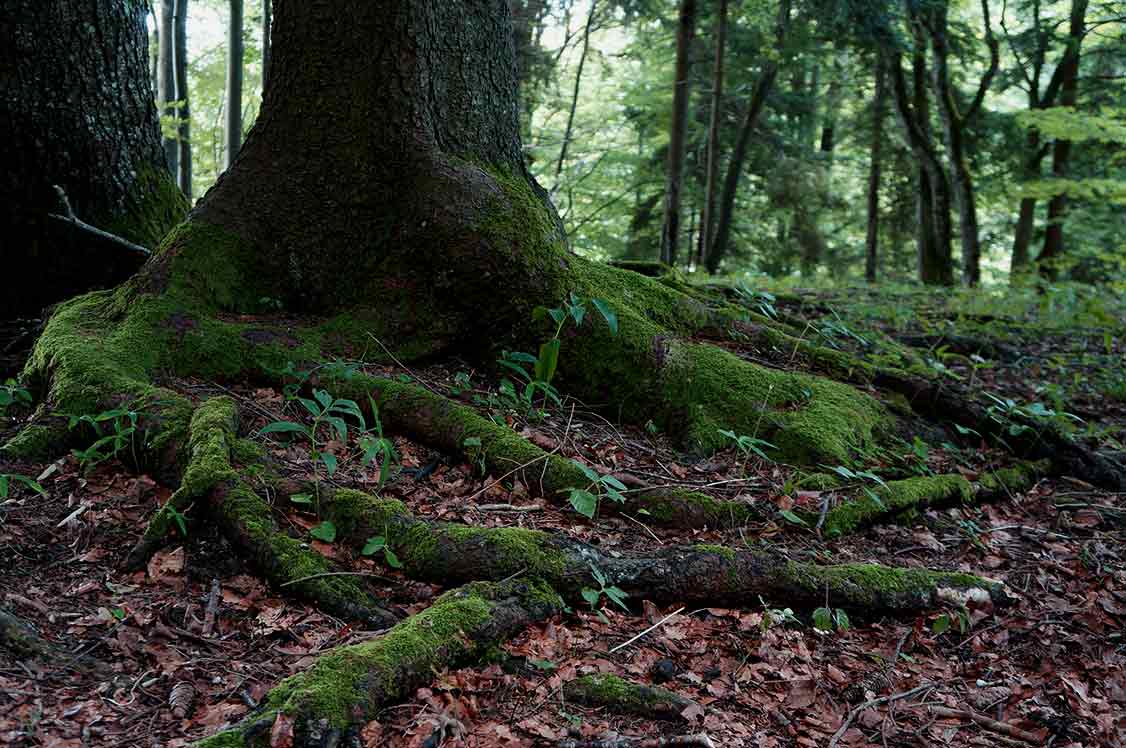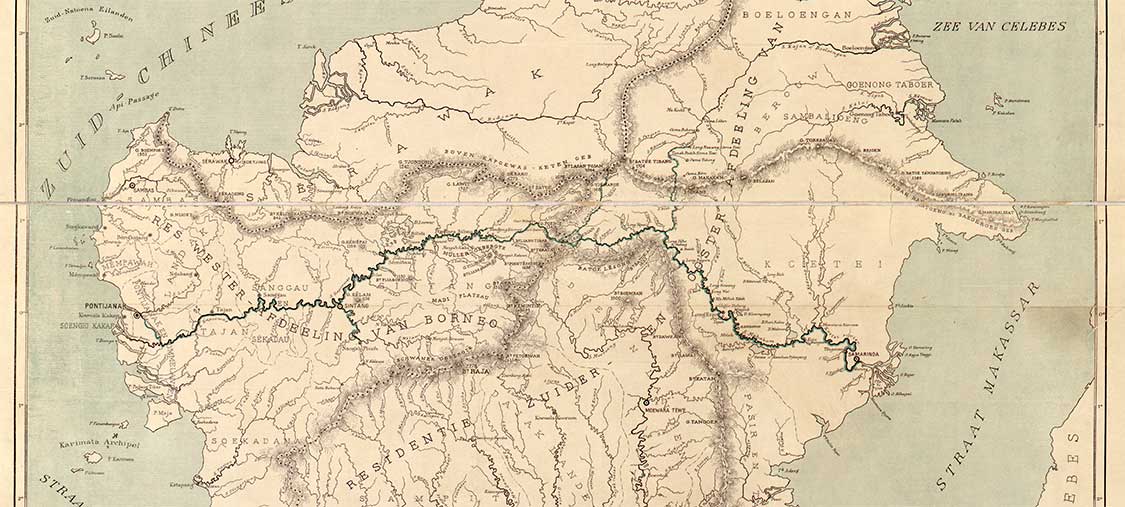The forest is a refuge. The forest frightens. She withholds secrets, life secrets. People reside in it, chased groups find shelter in it, and solitary souls isolate themselves in it. Artists, healers and shamans find in it their inspiration. The forest is welcoming, the forest sings, the forest speaks to us.
I am seven or eight when my grand-father, who miraculously returned alive from the First World War, takes me deep in the nearby village forest. Late that afternoon, as the autumnal sun was fading away behind the foliage, he lost his way! At the foot of an Oak Tree, he lit a fire and added to our lunch’s leftovers some mushrooms and told me a story till I fell asleep in his large woolen cape. At dawn, after warming ourselves by the revived flames from the embers of the night fire, he found his way back. At home, my grand-mother was busy with her daily chores and didn’t seem worried. Since then, the forest has always been for me a refuge, a vegetal roof that protects, nourishes, and brings dreams.

crédit photo: Rosmarie Voegtli via Flickr.com, License by Creative Commons
It’s during a trip of several months throughout south-east Asia, at the beginning of the 90’, that the Borneo forest took hold of me. Pontianak and its famous orange sunsets at autumn equinox, was my first step. Then, without even knowing, I followed the lead of Niuewenhuis, Dutch explorer of the nineteen century, sailing up to the Kapuas river, to the last village, to reach the Upper Mahakan river crossing over the Müller Hills. From this several weeks’ journey, amongst the Dayak people, spell bounded by the splendor of the rainforest, I took back touching souvenirs, scraps of Indonesian and a few works of Art gleaned here and there. Back in Paris, I met the one who was to become my mentor Anthony Plowright, an expert in Indonesian Art, mostly Borneo. I was welcomed to his library and awakened to that part of the world wonders during late-night soirées, contemplating maps.

Itinéraire de Willem Nieuwenhuis, premier explorateur européen à traverser Bornéo d'Ouest en Est, 1896-97. Source: Library of Congress. USA
During almost a decade, I resided several times per year in Borneo villages mainly in the center of the island. Sailing up the Mahakan main tributaries in a pirogue, travelling over Apakayan Forest and Müller Hills paths, taking part in hunting and native ceremonies, bumping into lost tourists, I became passionate about these mysterious forest people coming from past ages. Early 2000, I settle in Bali. I met Taty Sumiyati there, with whom I worked for many years. In her company, I was introduced to all the mysteries of Indonesian Antique market and visited a number of regions in this great Indonesian Archipelago. For over twenty years, I felt the pleasant sensation of travelling through time. This feeling imbued the idea that I was the witness of a deep and irreversible change of the world, as the kreteks’ characteristic smell would fade away from Ngurah Rai airport arrival hall, sucked up by globalization progress.
This blog is dedicated to the women and the men from Borneo, Indonesia and elsewhere, those, who gave me moral support, their knowledge and their love. May, the memory of these gatherings, of all these friendships issued from different cultures, find here a touch of digital eternity.